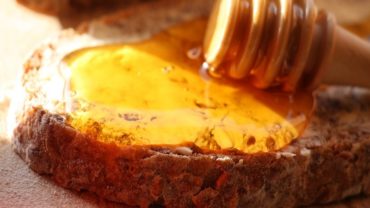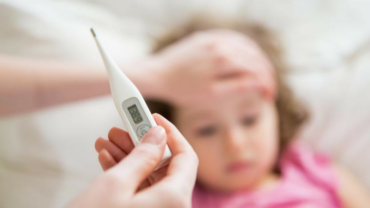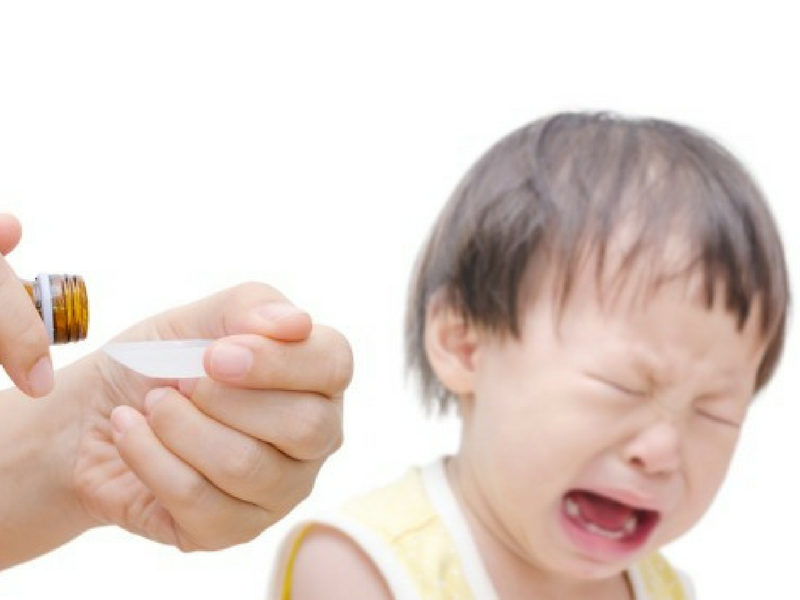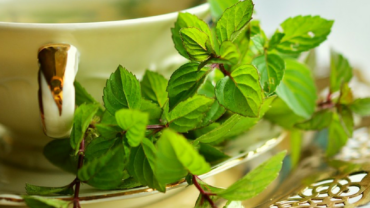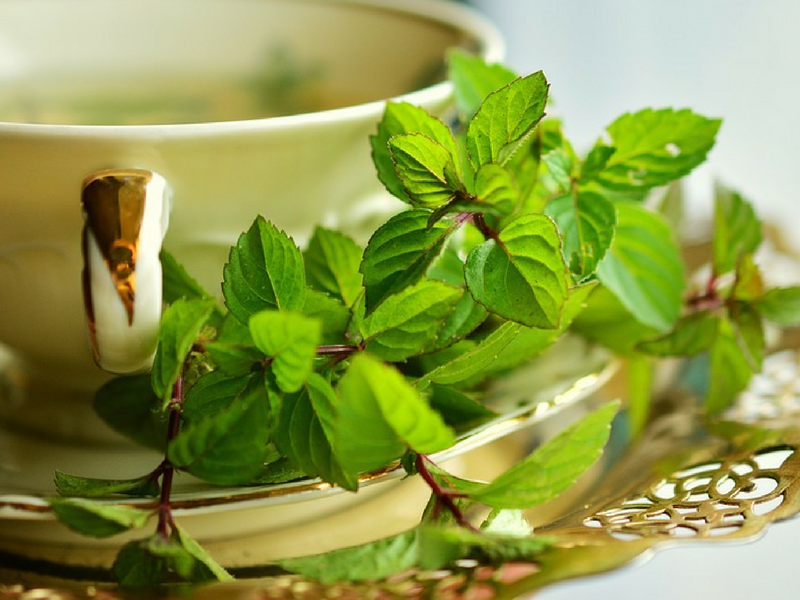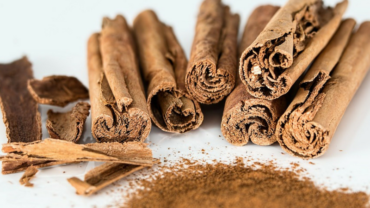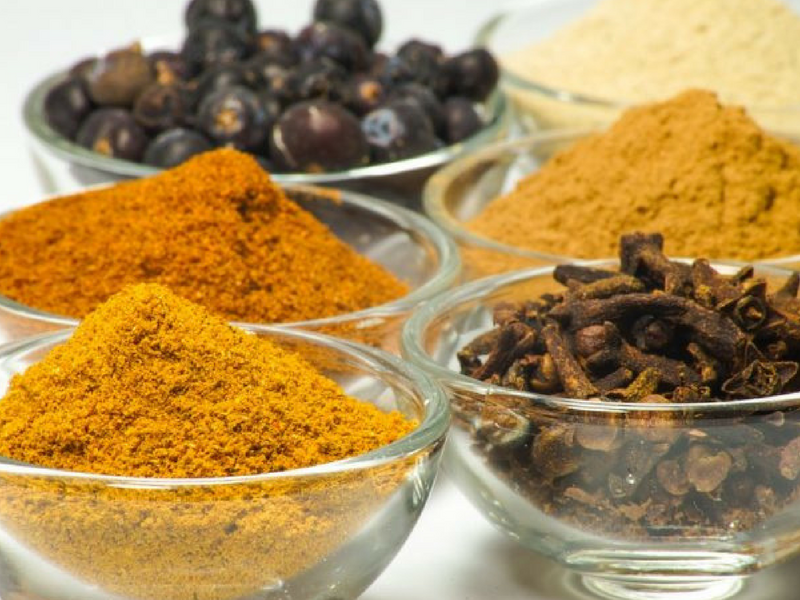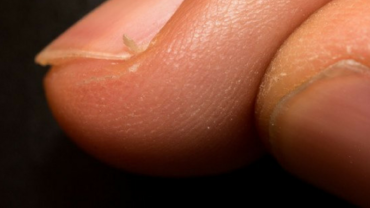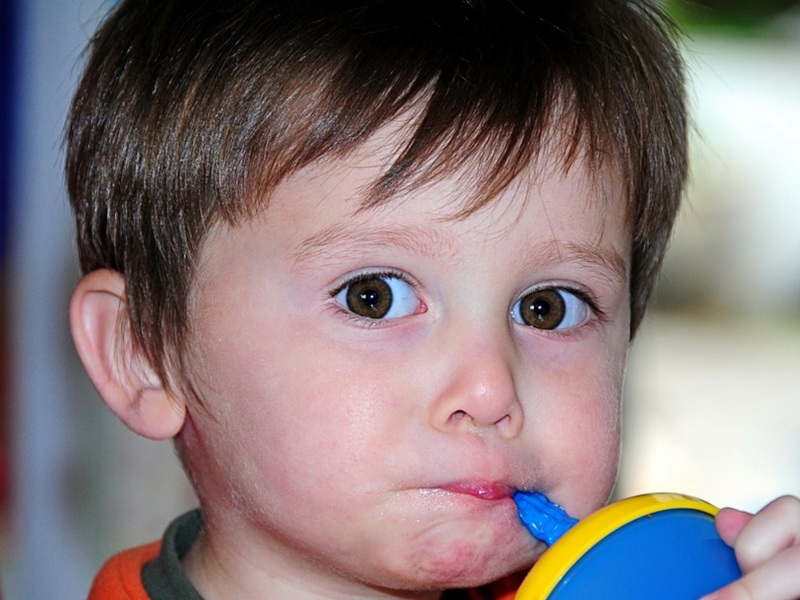via Dabur Honey: Honey is nature’s sweetest gift to mankind. There is something magnificently magnetic about this sweet liquid form of gold that has attracted the attention of many since time immemorial. As a super food, it not only taste wonderful but also packs a punch when it comes to providing multitude health benefits to people across ages especially children.
Its seductive colour and flavour aside, Honey forms the base of most of the Ayurvedic medicines and is widely used in home remedies to treat diseases and illnesses like cough & cold, flu, eczema, and wounds etc.
Rich in antioxidants, flavonoids, minerals, vitamins and other essential nutrients and antiseptics and antibacterial properties; Honey is one power food you can safely rely on when everything else fails.
While the benefits of honey are many, did you know administering honey to kids in times of emergencies or illnesses like cold and cough can provide them with quick relief? It is any day better than rushing to a paediatrician every time and exposing your child to medicines, which can prove dangerous for their developing digestive system and other vital organs in future.
What are the health benefits of honey for kids?
- To get relief from cough & cold
- For promotion of healthy digestive system
- Helps heal wounds faster
- Boosts energy
- Natural supplier of multivitamins
- Strengthens immune system
Have a look at the benefits of honey for kids in detail and the ways in which you can use honey to make natural home remedies:
1. To get relief from cough & cold :
Children are most vulnerable to illnesses and problems that come with season change. Cough & cold being most common among them. Benefits of honey for children include providing them relief from symptoms of cold and cough like runny nose, mild fever, irritated or sore throat and sneezing etc. Honey has antiviral, antibacterial and antioxidant properties that helps fight the viral, bacterial or fungal infection that cause these problems and treat the underlying symptoms from the root.
Prepare this effective honey based home remedy to treat the symptoms of cold & cough in your child:
Method:
- Mix 1 tbsp of lukewarm Honey with ¼ spoon of cinnamon powder
- Give it to your child twice a day daily or till the time the symptoms have vanished
Preferably, give it during bedtime as it will aid in giving your child a good night’s sleep
Using the combination of Ginger and Honey is also one of the well-known home remedies for treating cough and cold. If you want to get this remedy without any hassles, just use Dabur’s Ginger and Honey for cough.
2. For promotion of healthy digestive system :
Among the many known benefits of Honey for kids, using it for improved digestive system is the most commonly practised one. Consumption of honey benefits the digestive tract by keeping it clear of any blockages and regularise the bowel movement. It also aids in providing relief during stomach infections like indigestion, constipation, bloating and flatulence etc. If your child often complains of stomach disorders, prepare this below given recipe and feed it to him/her on a regular basis to soothe the stomach and keep the digestive system healthy & happy.
- Prepare a cup of black tea
- Add few drops of freshly squeezed ginger juice
- Stir in a teaspoon of Honey
- Give it to your child to drink at least twice a day for effective results
3. Helps heal wounds faster :
Benefit of Honey for children also include helping in healing wounds caused due to an abrasion, burn or cut etc. The therapeutic qualities of Honey and its rich antibacterial and antifungal properties help an infected wound to heal properly and in an orderly fashion. In case your child comes home with a cut or a wound, just wash it properly with water and squirt a small drop of Honey on the affected area. Rub it gently and if the cut is deep, apply bandage to it.
4. Boosts energy :
When it comes to pepping up the energy levels in your child, there can be nothing better than giving him/her a spoonful of Honey. It not only tastes fantastic but is also a rich source of carbohydrates, which provides the fuel the body utilizes to stay energetic all day long. A tablespoon of Honey provides roughly 17gms of carbohydrates. Honey also has good amounts of vitamins, minerals, calcium, magnesium and amino acids that complete the everyday need of nutrition in a child.
5. Natural supplier of multivitamins :
Honey for children is not only good because of its medicinal and other benefits but also because it happens to be a natural source of multivitamins that are essential for a child of growing age. As a rich reservoir of essential nutrients and vitamins, a daily dose of Honey can easily cover up the requirements of multivitamins, the developing bones, muscles and body of your child would have.
6. Strengthens immune system :
Honey is known to stimulate the production of immune cells in the body thereby keeping the immune system healthy & strong. It’s antibacterial and antioxidant properties help fight against germ and bacteria attack and provide the strength to withstand any attack on your immunity.
Though Honey is considered to be a wholesome diet for kids, one must not give it to a child of less than one year of age. Before introducing your child to Honey, always make sure to keep these pointers in mind:
- Check your child for Honey allergy. Most kids are unable to digest Honey or it causes botulism, a form of food poisoning in them. Once you have given your child Honey, look out for any sign of discomfort or stomach disorder in them. If the child complains of stomach ache, do get in touch with your paediatrician.
- In some cases, a child might also get pollen allergy. As there are some traces of pollen left behind in Honey, there are chances your child’s delicate digestive system might not take too easily to it.
- When choosing a Honey suitable to your child, opt for a certified pure variety of Honey. Buying local or non-certified honey, just because it costs less, can prove fatal for the health of your child. A trusted brand of Honey like Dabur Honey is always a better bet than the locally sourced ones. Ranked the number 1 Honey by Consumer Voice, its benefits definitely goes beyond its delicious flavour.


